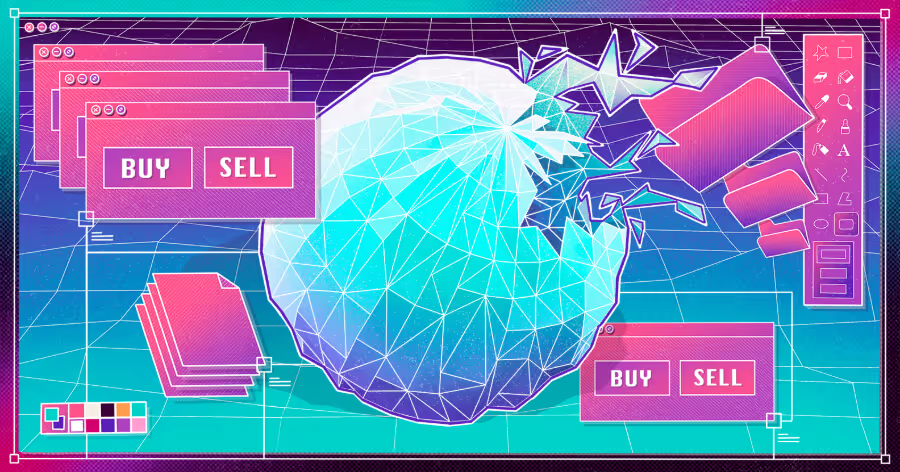This year gold has soared to fresh record highs. With the precious metal sitting at more than $4,000 at the time of writing, gold bugs are rubbing their hands in vindication.
This latest gold rush (sorry) is likely down to a number of factors including slowing growth, sticky inflation, geopolitical risks, elections across several major economies, and the waning power of the dollar.
Silver and platinum have also climbed this year, lifted by the same mix of hedging and geopolitical brouhaha. But gold’s rally stands apart, its price less a measure of economic value than of collective anxiety.
What’s really buoying bullion is central banks. They have bought more than 1,000 tonnes of gold each year since 2022, up from an average of 481 tonnes a year between 2010 and 2021. Central bank gold holdings have overtaken US Treasury holdings for the first time since 1996. Poland, Turkey, India, Azerbaijan and China were among the leading buyers last year.
Retail investors are also piling in, buying gold ETFs and coins. The exchange traded fund share of gold demand has risen ninefold this year to nearly 20%. The third quarter of 2025 saw the highest ever quarterly ETF flows into gold, according to the World Gold Council – $26bn. The notional volume of gold traded daily in ETFs and futures now dwarfs the amount of physical metal in custody.
Miracle metal
Gold doesn’t pay a dividend, it doesn’t compound, and it doesn’t ‘innovate’. It doesn’t default, dilute, or vanish in a cyberattack. Gold belongs to no government, carries no counterparty risk, and can be settled anywhere. It doesn’t require translation or conversion across borders or cultures. And as a metal, gold does not oxidise or tarnish – you can melt it, weigh it, and start over.
Gold’s purity is why a small but growing share of demand now comes from electronics and renewables, where its conductivity and resistance to corrosion make it ideal for chips and connectors. Even in today’s digital economy gold is hard at work.
And when money exists mostly as numbers on a screen – around 90% of the world’s money is virtual – being able to hold, literally and figuratively, something heavy and real feels reassuring. In the era of quantum, cashless, crypto, and AI the world’s ultimate hedge is a metal pulled out of the ground.
Gold standard
Gold was a religious material well before it was a financial one. The Egyptians buried pharaohs with gold, which symbolised the flesh of the gods, offering protection in the afterlife. Early coins minted in the ancient kingdom of Lydia around 600 BC were made of electrum, a gold-silver alloy. An early stab at creating a standardised, state-backed medium of exchange.
Britain’s adoption of the gold standard in 1816 meant the pound was a promise backed by a fixed amount of metal. This promise forced discipline. Governments could only print as much money as they held in reserves.
The First World War broke that link as nations financed huge deficits with paper. Interwar experiments tried and failed to revive it. The Bretton Woods agreement of 1944 tied the dollar to gold at $35 an ounce and all other major currencies to the dollar, an arrangement that anchored the postwar boom.
By the late 1960s foreign governments were redeeming dollars for gold faster than the US Treasury could replenish it. So in August 1971 President Nixon suspended dollar convertibility and effectively ended the gold standard. Ever since the Nixon Shock the global monetary system has relied on confidence in central banks rather than the metal.
Dedollerisation
Usually gold moves inversely to real yields. When inflation-adjusted returns drop, the cost of owning a non-yielding asset falls and demand for gold rises. But the recent rally has broken that pattern with both real yields and gold prices climbing at the same time.
Unprecedented central bank buying is probably the biggest culprit. Official estimates suggest central banks now account for around one-fifth of all gold ever mined. The US still holds the largest stockpile but its share of global reserves is shrinking.
China has been accumulating steadily for months, partly as diversification away from the dollar and partly as insurance against potential sanctions. Cut off from Western reserves, Russia is increasingly settling trade in gold and Chinese yuan as it looks to bypass dollar-based financial infrastructure.
Central banks aren’t the only long-term holders. In India alone households are estimated to own around 25,000 tonnes of gold. That’s more than the reserves of any country. Much of it sits not in vaults but in jewellery, dowries, and family hoards.
Reserve of last resort
The US dollar accounts for roughly 60% of global FX reserves, down from over 70% in the late 1990s. Countries aren’t necessarily looking to ditch the dollar. But they do want options.
With US debt now exceeding 120% of GDP and the US freezing Russia’s reserves after the Ukraine invasion, other countries have realised stacking dollars is not entirely risk-free.
Enter: gold. Its neutrality makes it the de facto reserve of choice for central banks looking to diversify away from dollar exposure – without committing to another nation’s currency. This helps to explain the rise of bilateral settlement in gold between Russia and China or Gulf countries and Asian buyers, as they look to bypass dollar-clearing systems.
Central banks accumulate gold gradually, creating structural demand. This buying pressure isn’t speculative which helps anchor the market. Analysts at JP Morgan point to central bank demand as a key driver of gold’s re-rating since 2022. This latest surge tracks closely with net central bank purchases and the decline in US Treasury holdings among major emerging markets.
Barbarous relic
John Maynard Keynes referred to the gold standard as a “barbarous relic”, a system that let “the blind forces of a metal” dictate human welfare. Modern currencies no longer need yellow metal backing to function. But fiat money does rely on trust that gold once embodied.
Holding gold is a bet against confidence – whether that’s in governments, currencies, or markets. But is there enough to go around in these diffident times? All the gold ever mined would fit into a cube about 22 metres on each side, roughly three Olympic swimming pools. About half of all above-ground gold exists as jewellery, around 20% is held by central banks, and the rest sits in private vaults or investment products.
Global mine output has been flat for a decade at around 3,500 tonnes a year. It’s estimated that most of the gold on Earth has already been mined. What’s left in the ground could be gone entirely by the middle of this century.
For private individuals gold functions less as an investment and more as insurance. Over the long run it underperforms equities and bonds but tends to outperform during crises, perhaps proof that in interesting times value gravitates toward the tangible.
Important Information

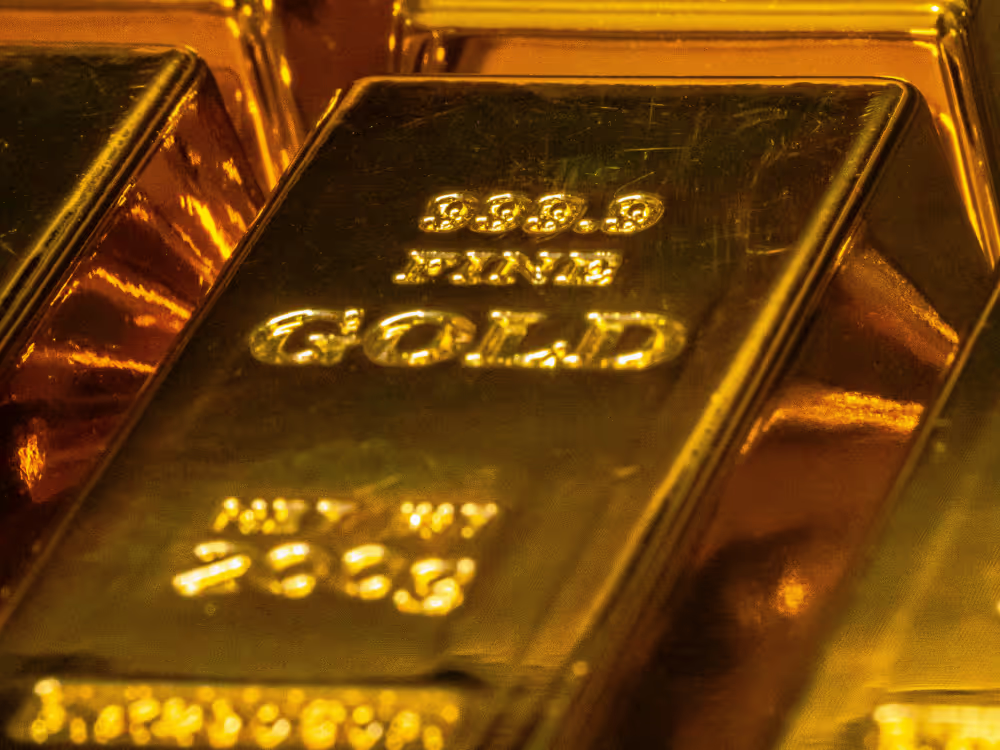
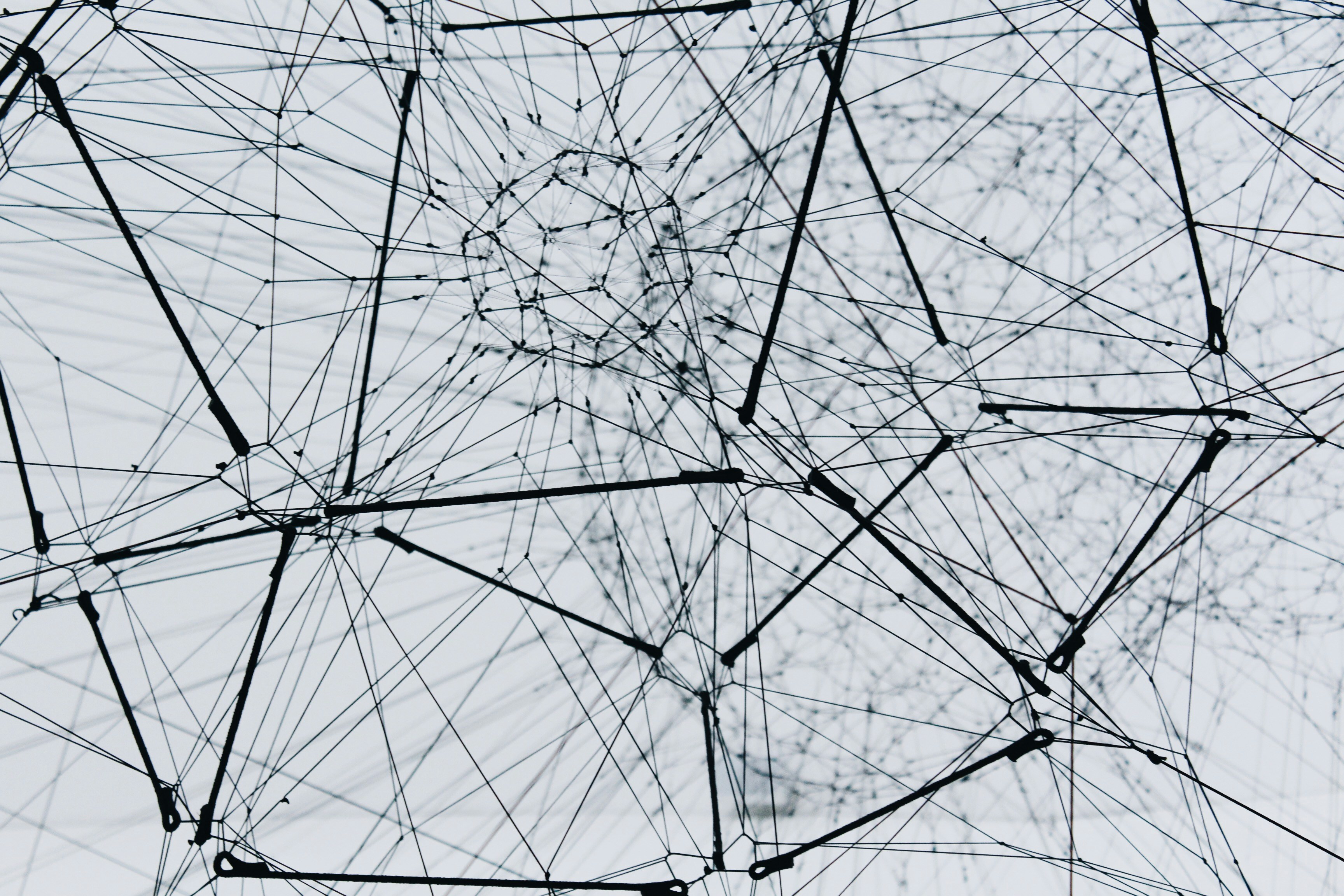
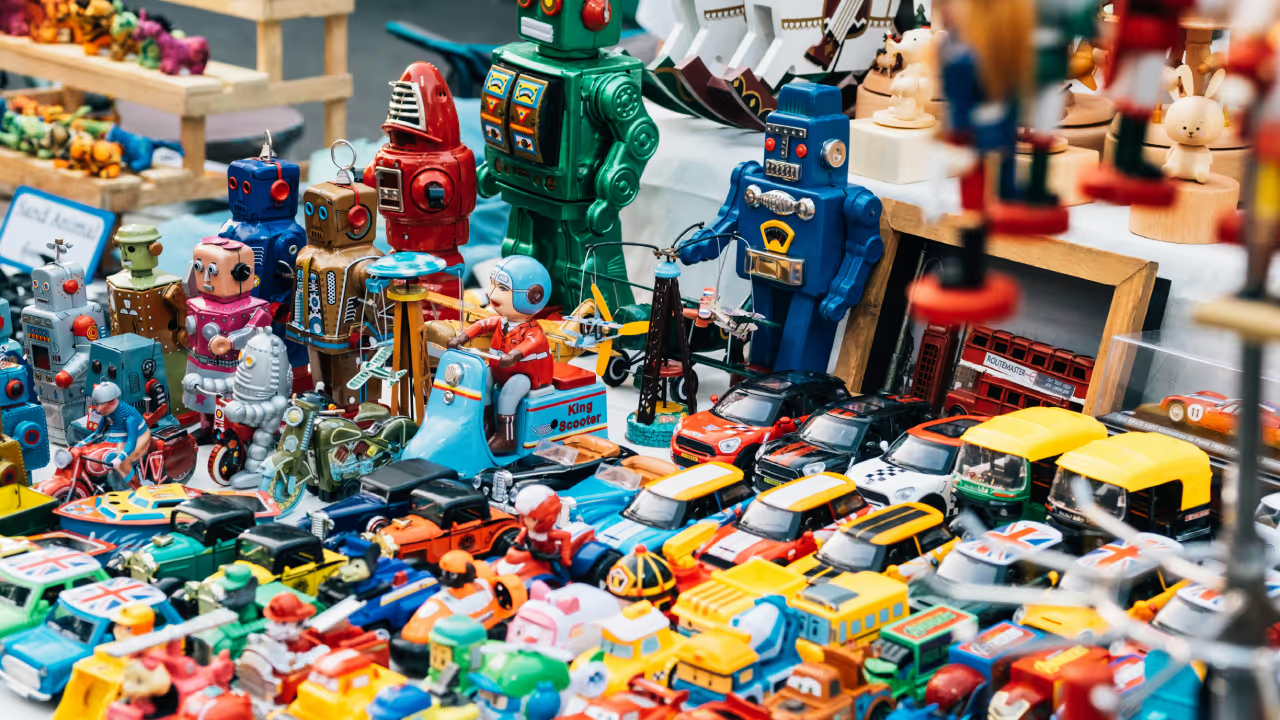
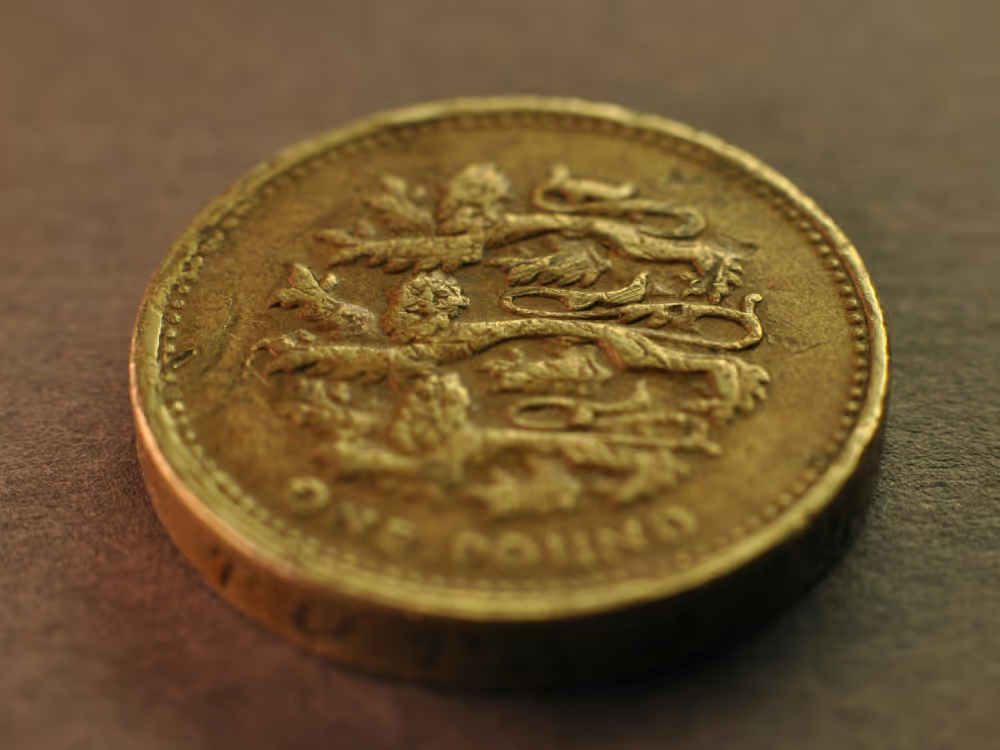
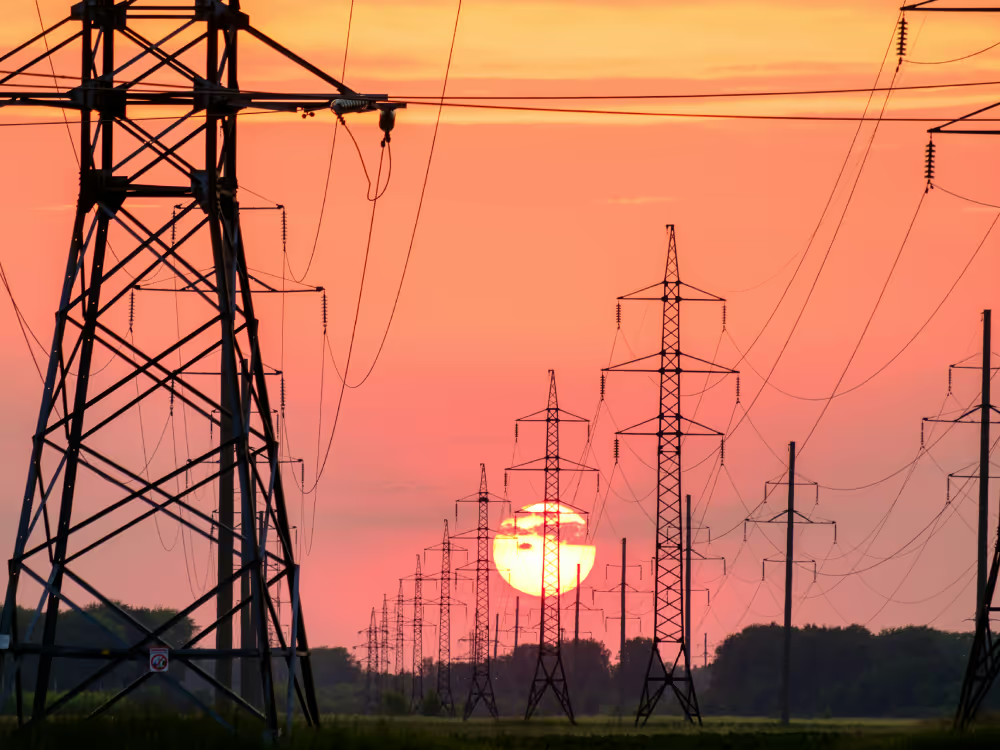
.avif)
